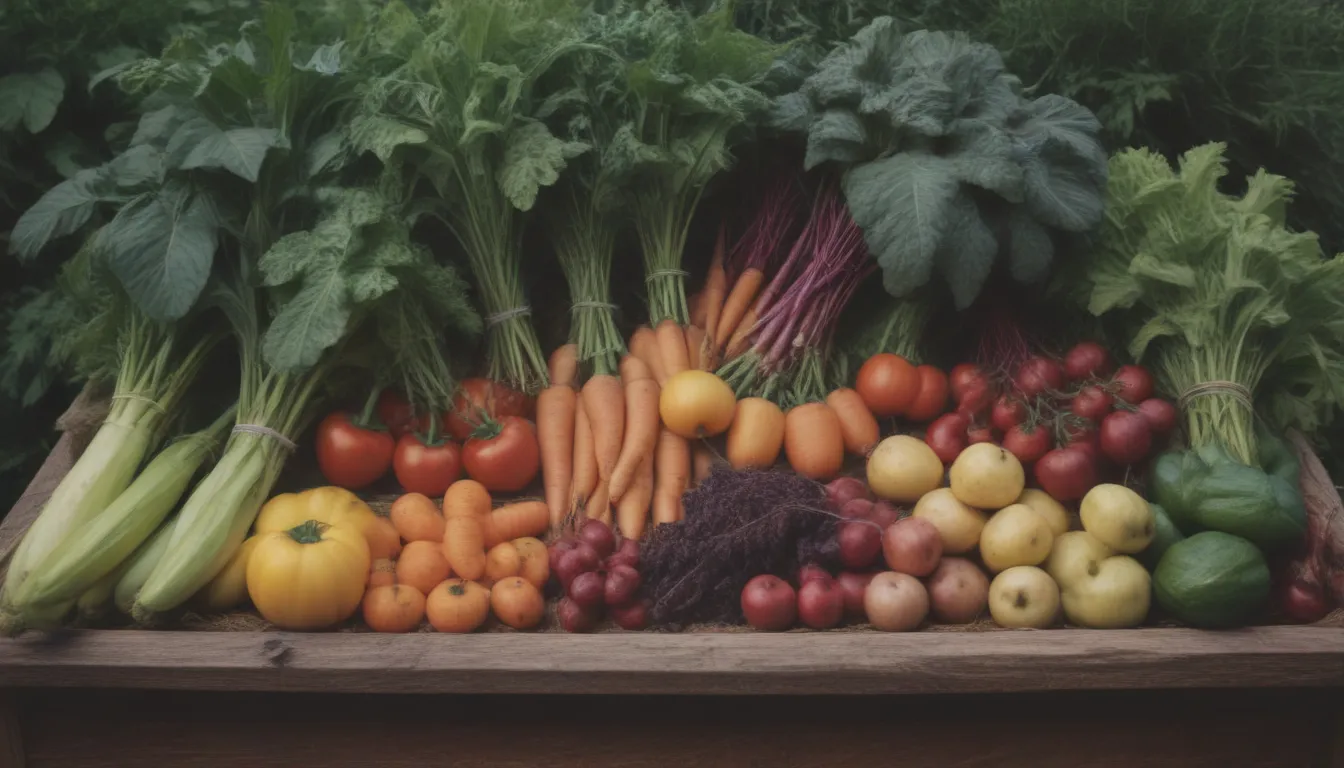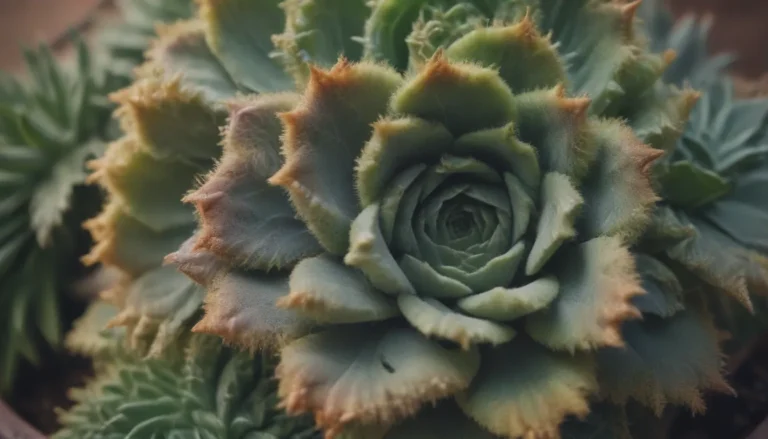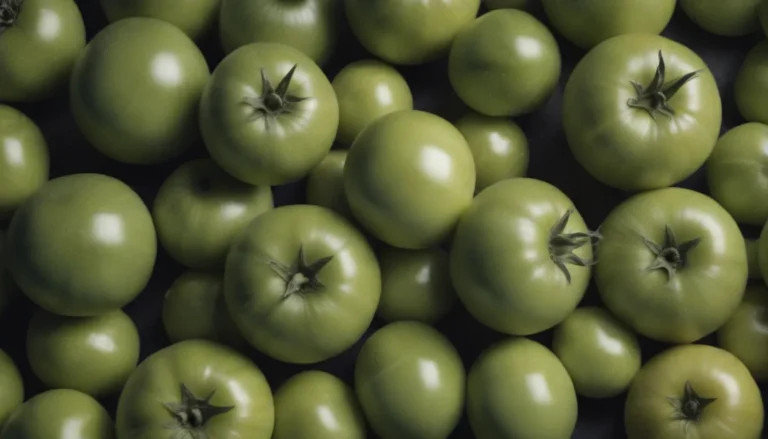Maximizing Your Harvest: A Comprehensive Guide to Companion Planting

Are you looking to take your vegetable garden to the next level? Companion planting may be the key to unlocking your garden’s full potential. This age-old practice involves growing different plants together to benefit each other in various ways, such as increasing fruit production, warding off pests, and maintaining healthy soil. While companion planting is not always based on scientific facts, gardeners have observed the positive effects of pairing certain crops together.
Understanding Companion Planting
Companion planting is all about creating a diverse and harmonious garden environment where plants support each other’s growth and health. By strategically choosing which plants to grow together, you can create a mutually beneficial ecosystem that leads to a more bountiful harvest. One classic example of companion planting is the “three sisters” method, where corn, beans, and squash are planted together to maximize their combined benefits.
Here are 13 essential companion plants to know:
- Tomatoes
- Potatoes
- Cole Crops (Broccoli, Cabbage, Cauliflower)
- Beans and Peas
- Beets
- Carrots
- Summer Squash (including Zucchini)
- Peppers
- Onions
- Lettuces
- Eggplant
- Cucumber
- Corn
Planning Your Companion Garden
Before diving into companion planting, it’s essential to create a well-thought-out plan for your garden layout. Here are some tips for laying out your companion garden for optimal success:
Location and Soil Considerations
- Choose a sunny location with good drainage for your vegetable garden.
- If your soil is poor, consider using raised beds or containers to improve growing conditions.
- Determine the types and quantities of vegetables you want to grow to plan your garden layout accordingly.
Companion Garden Plans
Here are five popular companion garden plans to consider:
- Row Gardening
- Perfect for in-ground vegetable gardens of all sizes.
- Prepare the soil by tilling and adding compost at least three weeks before planting.
-
Choose productive companion plants for short rows like bush beans, tomatoes, radishes, lettuce, turnips, onions, greens, carrots, and peppers.
-
Raised Bed Gardening
- Ideal for areas with a short growing season.
-
Raised beds warm up quickly in the spring and are easy to weed and harvest root vegetables.
-
Square Foot Gardening
-
Divide raised beds into squares for efficient planting and spacing of companion crops.
-
Small In-Ground Gardening
- Suitable for small yards with a 10 x 10-foot sunny spot.
-
Plant companion crops like tomatoes, cucumbers, peppers, eggplants, and bush beans.
-
Vertical Gardening
- Perfect for small spaces and compact vegetable varieties.
- Consider plants like salad greens, dwarf peas or bush beans, and herbs for vertical gardens.
By following these layout tips and companion planting strategies, you can create a thriving garden that yields a bountiful harvest. Experiment with different plant combinations and observe how they interact with each other to maximize your garden’s productivity.
Remember that companion planting is not an exact science, but rather a blend of garden lore and practical experience. Enjoy the process of planning and planting your companion garden, and watch as your harvest flourishes with the power of plant partnerships. Happy gardening!





